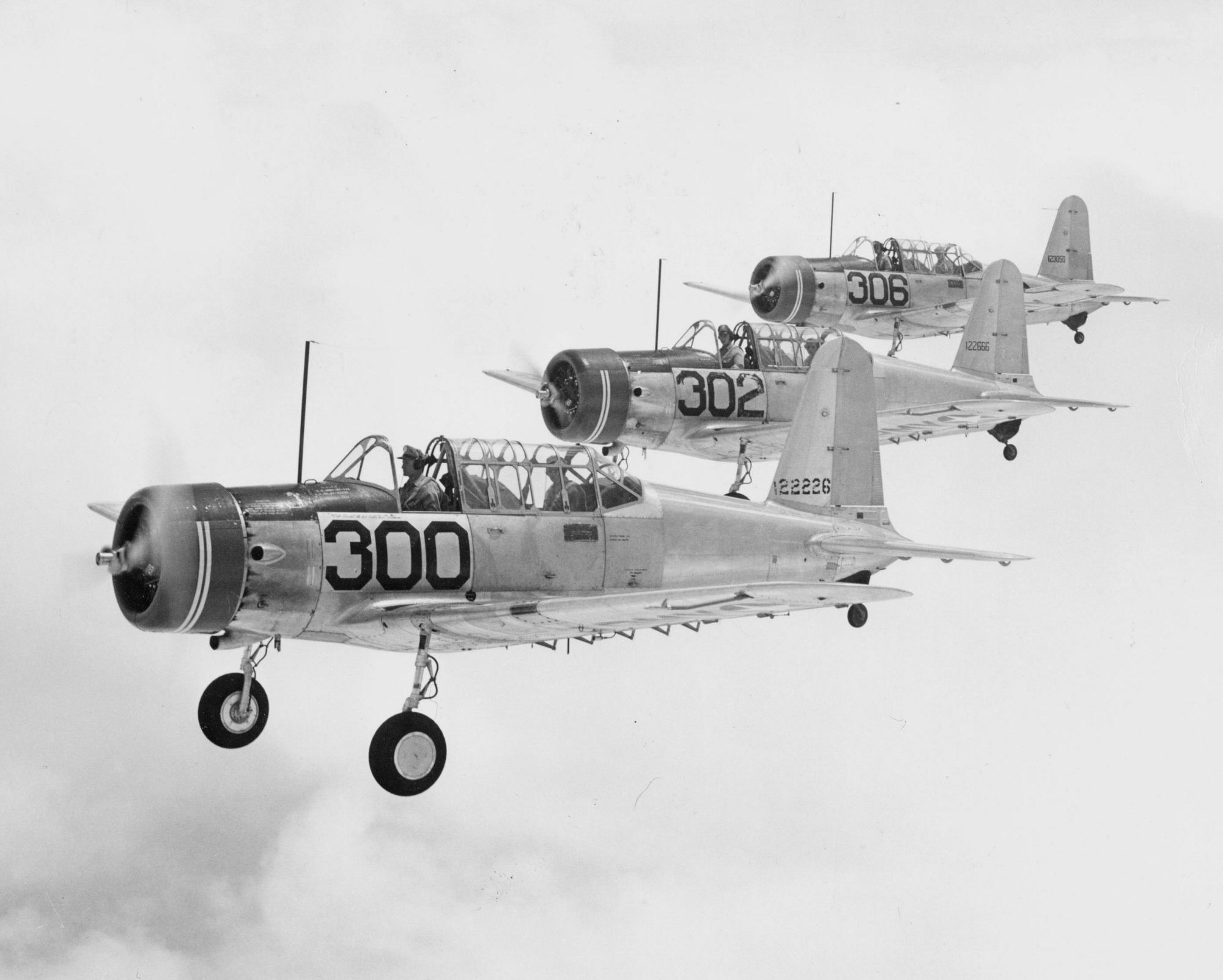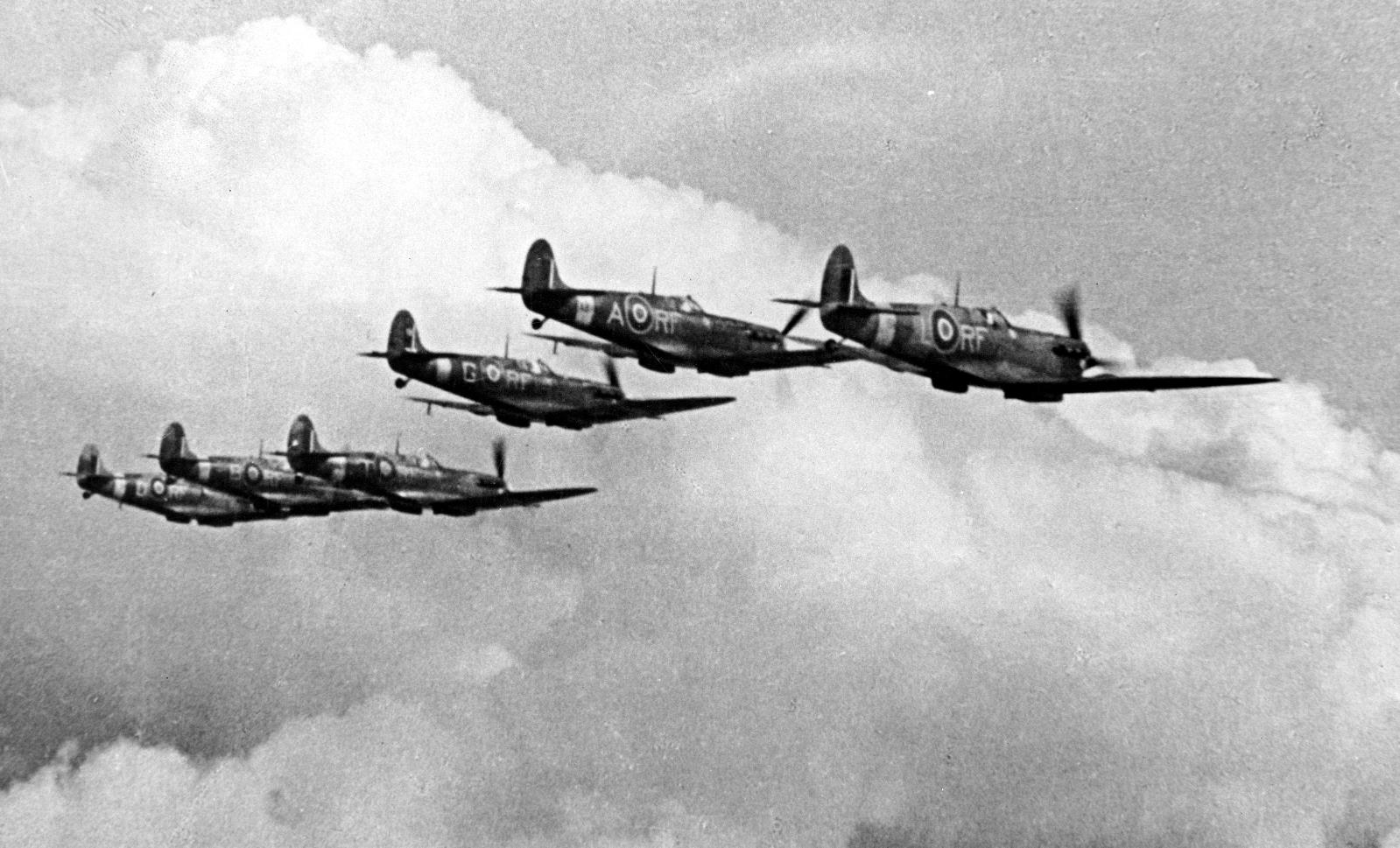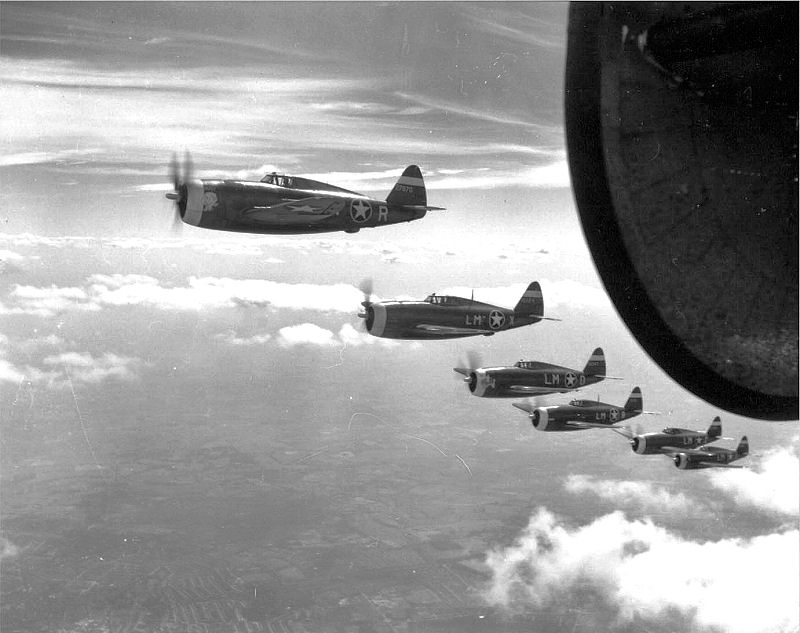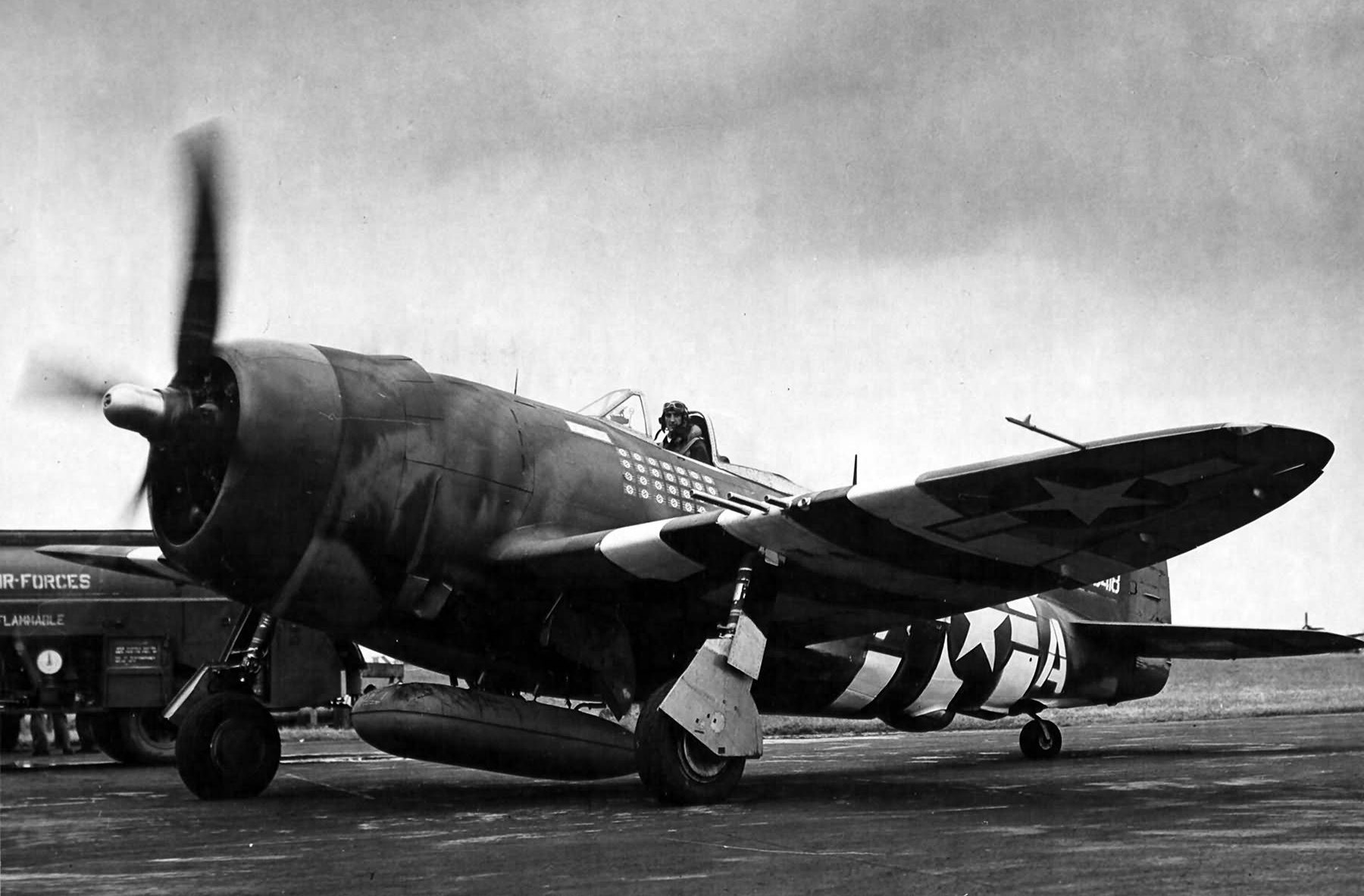Gabby Was the Leader of the Legendary 56th Fighter Group
Stanley Gabryszewski was born in Poland and came to the United States during the early 1900s. He and his wife bought stock in the American Dream early, settling in Oil City, Pennsylvania, opening a market, and working hard to support their family. Their son Franciszek Stanislaw was born on January 28th 1919. His parents managed to send him to Notre Dame University in 1938. Initially overwhelmed by the academic rigors of college, Francis Stanley “Gabby” Gabreski became interested in aviation as an “Irish” freshman.

Not a Born Stick-and-Rudder Man
Gabby was certainly no natural as a pilot. In fact he inspired so little confidence in his instructor that he was discouraged from continuing his flight instruction. But the bug had bitten Gabby hard. After getting his academic game back on track he enlisted in the United States Army Air Corps (USAAC) at the beginning of his sophomore year. Aviation Cadet Gabreski underwent primary flight training flying PT-17 Stearman trainers at Parks Air College. Gabreski still lacked piloting skills as a trainee, even facing the dreaded elimination check ride before advancing to basic flight training.

Earning Those Wings
Gabreski went through basic flight training flying the Vultee BT-13 Valiant trainer at Gunter Army Air Base in Alabama. His skills continued to improve and he progressed to the advanced training phase, in his case taught at Maxwell Field in Alabama flying the North American AT-6 Texan trainer. Francis Gabreski received his Army Air Corps pilot’s wings and commission as a Second Lieutenant in March of 1941. Gabreski was assigned to the 45th Pursuit Squadron of the 15th Pursuit Group at Wheeler Army Airfield on Oahu in Hawaii.

Duty in Hawaii That Fateful Sunday Morning
Gabby learned to fly both the Curtiss P-36 Hawk and the derivative Curtiss P-40 Warhawk while assigned to the 45th. When the Japanese attacked Pearl Harbor on December 7th, Gabby was one of several P-36 Hawk pilots who managed to get airborne after the initial attack and were prepared to intercept subsequent Japanese raids- raids that thankfully never materialized. Gabreski remained in Hawaii with the 45th Fighter Squadron (renamed in May 1942) flying improved variants of the Warhawk as well as Bell P-39 Airacobras the unit began to receive during the spring and summer of 1942.

Speaking the Lingo
Franciszek Stanislaw Gabryszewski was keenly interested in the exploits of the justifiably famous No. 303 Polish Fighter Squadron during the Battle of Britain. So much so that, being of Polish descent himself and knowing the language, his ability to converse in that “Polish chit-chat” might be useful not only to the Royal Air Force but to the USAAF as well. Gabby sold the brass on the idea and left for Washington and a promotion to Captain in September of 1942. From there Gabby made his way to England and the new Eighth Air Force VIII Fighter Command headquarters.

Speaking of the Poles
Gabby wanted to be attached to 303 Squadron but those particular Poles were inactivated at that time. Another Polish Squadron, No.315 at RAF Northolt, brought him onboard early in 1943. Gabreski was one of the first American pilots to fly the new Supermarine Spitfire Mark IX while flying with the Poles. Their primary mission was flying fighter sweeps over the English Channel. Gabreski’s first and only aerial combat while flying with 315 occurred on February 3rd when Focke-Wulf Fw 190s bounced the Poles. Although he scored no victories during his total of 20 missions with the Poles, Gabby gained experience and learned plenty.

To the Wolfpack
Gabreski became part of the legendary 56th Fighter Group on February 27th 1943. He was assigned to the 61st Fighter Squadron and began flying Republic P-47D Thunderbolts. Gabby became a flight leader quickly and his experience helped him advance to the rank of Major by May. In June he took command of the 61st. He achieved his first aerial victory, against a Fw 190 over France, on August 24th 1943. Gabby became an ace on November 26th 1943 when he downed two German fighters who were attacking a large formation of Boeing B-17 Flying Fortresses.

On a Tear
Gabby continued shooting down Luftwaffe aircraft while also enjoying some familiar company. He pulled a few strings to get a handful of the Polish RAF pilots with whom he had flown attached to the 56th Fighter Group. This helped alleviate the experience gap developing due to pilots reaching the ends of their tours. One Pole in particular, Squadron Leader Boleslaw “Mike” Gladych, became a minor legend in the Group. On March 27th of 1944 Gabby had 18 confirmed victories including five multiple-kill missions to his credit.

Tops
In April of 1944 Gabreski was promoted to Lieutenant Colonel. In May he shot down three Fw 190s on a single mission over Germany. His 28th victory, scored on July 5th 1944, made him the leading American fighter ace in the European Theatre of Operations (ETO). Gabby’s 28 would stand as the highest score against the Luftwaffe. He was scheduled to return to the States to get married and sell War Bonds, but his desire to fly a last unscheduled 166th combat mission forced him to delay such plans for quite a while.

